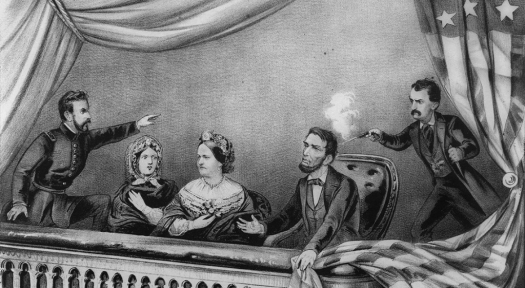Download links for: De wraak van de geografie: wat de wereldkaart ons voorspelt over komende conflicten en het gevecht tegen het onvermijdelijke


Reviews (see all)
Write review
Good Read- put some perspective on the way the lines are drawn and the real boundaries vs. frontiers
Interesting and wanting for more....could have used some more maps but not a bad read.
Quite interesting. A must read for geopolitics fans.
Fascinating.
Other books by History & Biography
Other books by Robert D. Kaplan
Related articles













